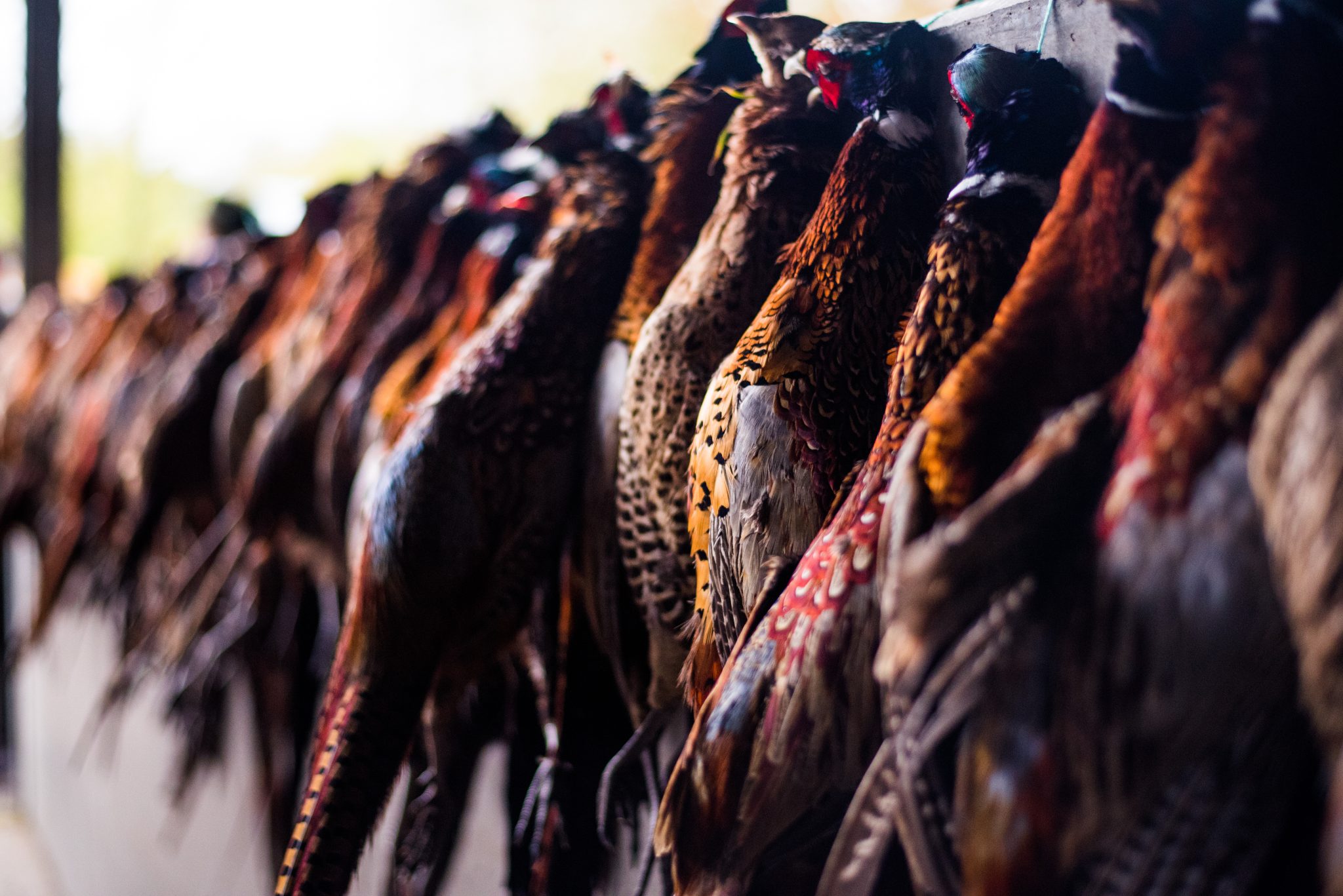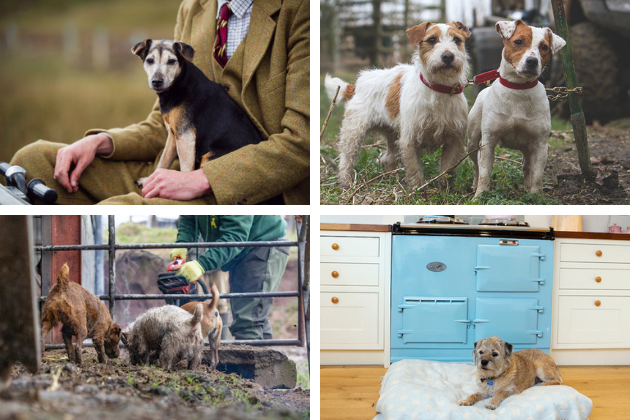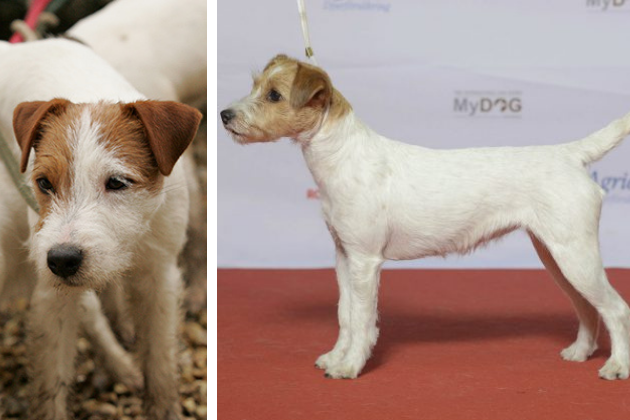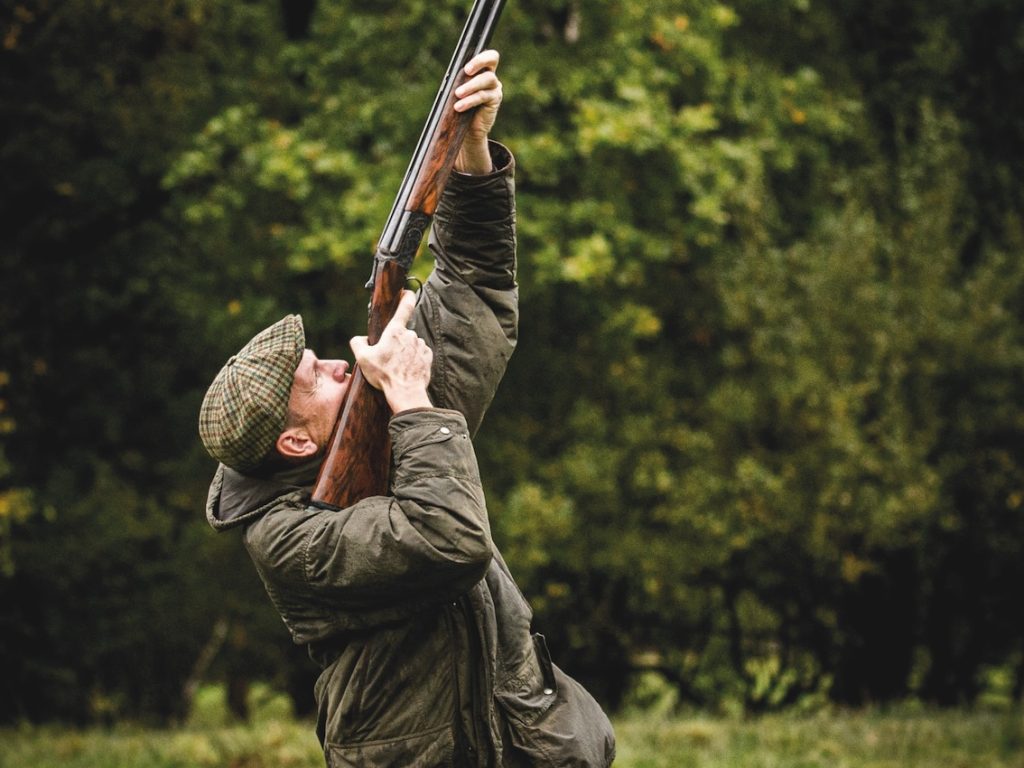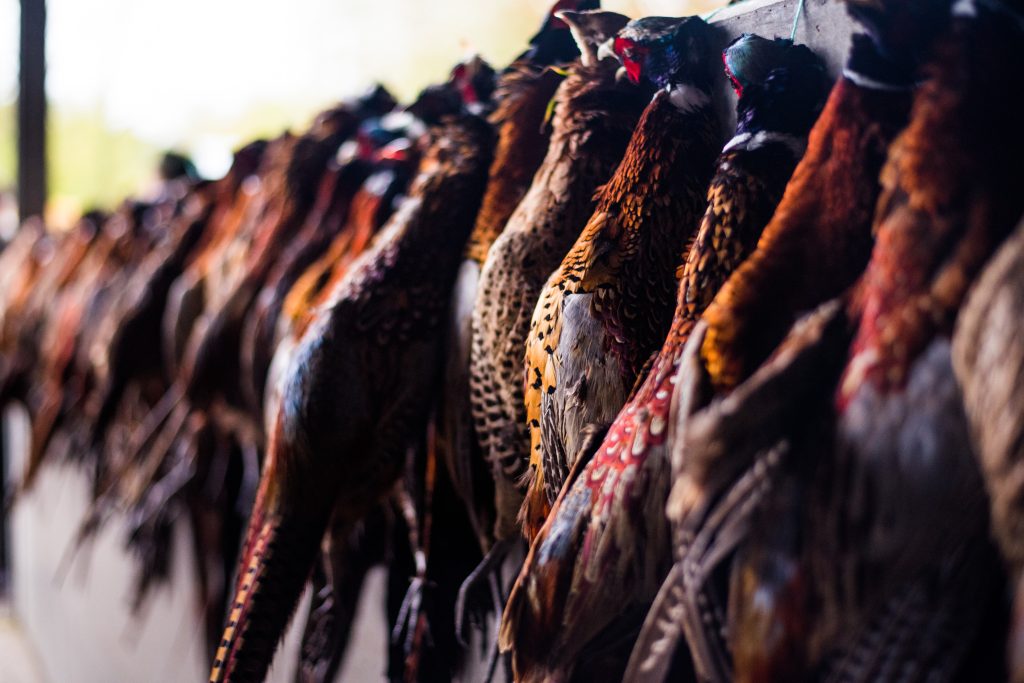Most, if not all of the terrier breeds bring a smile to our faces, whether the smug condescension of the…
Win CENS ProFlex DX5 earplugs worth £1,149 – enter here
What is a true Jack Russell terrier?
<strong>The working Jack Russell was bred to bolt a fox unharmed. Eddie Chapman tells the story of how this special skill has been preserved against the odds</strong>
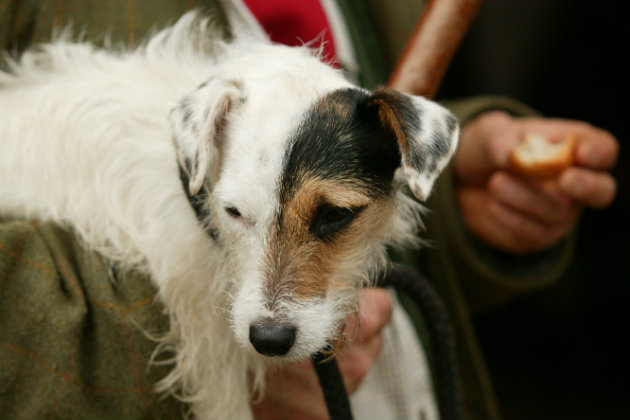
The Reverend John Russell took up foxhunting in the early 19th century but soon discovered to his dismay, that Devon, like everywhere else in England, suffered from a drastic shortage of foxes. At that time disease, particularly distemper, took a great toll on the fox population. The Reverend Russell was further exasperated by the fact that if he was lucky enough to find a fox it would habitually run to ground.
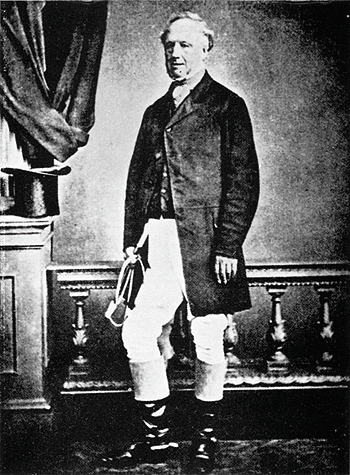
Parson John Russell
A small and game terrier
The only terriers available in his younger days showed no respect for a fox and would either kill it or maim it.
Russell wanted to breed a terrier that was small and game enough to follow a fox to ground but, most importantly, did not like getting bitten and so could be used consistently without having to recover from injury.
He quickly developed just this type of working terrier, with such success that within 30 years his reputation had spread throughout the country.
By the mid 1850s Jack Russell terriers being bought by all the fashionable foxhound packs in England. Their skill lay in bolting foxes without attacking them.
Fox Terrier Club
To standardise his new breed, Russell formed the Fox Terrier Club. It was recognised by the Kennel Club in 1856. To begin with this went well, with mostly Masters of Hounds, including Jack Russell himself, doing the judging and terriers from various hunts up and down the country being shown.
Soon more and more fanciers were taking an interest in fox terriers and other breeds were crossed in to enhance show point-winning features. One such change was the fox terrier’s long nose which came from Italian greyhound stock. Breeders introduced the foreign breed in the mistaken belief that fox terriers needed deeper chests and longer legs to keep up with foxhounds.
But terriers were never expected to keep pace with hounds – they were either carried on horseback or by a runner following the hounds. Today it’s likely to be on a quad bike.
Terrier Types
There are many different terrier types. There’s the ever-popular Jack Russell and then there’s the little seen Sealyham terrier. What’s…
Can I use a Jack Russell terrier for rough shooting?
A: I grew up with cross-bred terriers which, being longer on the leg than the Jack Russell terrier, were more like hunt…
How to spot the difference between a Jack Russell terrier and a Parson Russell
The most striking difference between a Jack Russell terrier and a Parson Russell terrier is their size. Jack Russells are…
What a Jack Russell should look like
Ideally a working Jack Russell’s head should be shorter from nose to eyes than from the eyes to the back of head, and be shallow in chest like a fox, in order that they can be entered effectively. Size makes little difference.
The fancier’s show terrier was no longer fit for the purpose for which the breed was originally intended, and eventually Jack Russell resigned as a Kennel Club judge, when he could no longer recognise the dogs as fox terriers.
Popular with all
But the Jack Russell terrier had made its mark with everyone and just about everyone had one,, from the most famous Masters of Foxhounds to the humblest country people who dug badgers to eat. The method was to bay a badger using one Jack Russell then dig down to it and shoot it. It was a humane method of despatch.
In the 1960s and 1970s there was a new trend, particularly in the Welsh Valleys, for entering harder terrier breeds to badgers and foxes. A rise in miners’ wages saw many young lads travel north in their spare time from where they brought back breeds such as Lakeland and Border terriers. From the late 1950s onwards the Patterdale, another hard breed that had black Staffordshire and Lakeland blood, became popular.
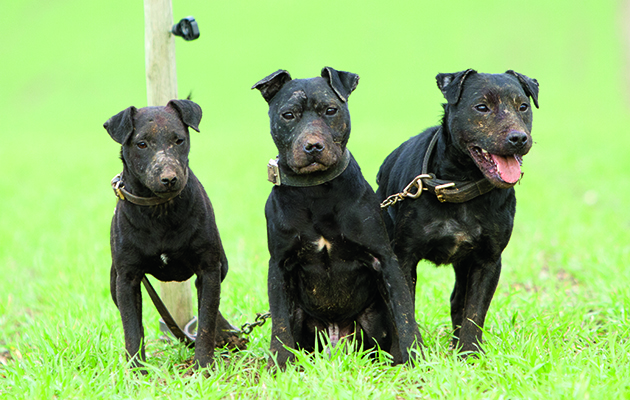
The Patterdale/ fell terrier
The Jack Russell – cowardly?
In Wales at that time people valued the breed that could sustain the most punishment without quitting the fight, and the Jack Russell with its tendency to bay rather than fight its quarry was called cowardly. The effect on the Jack Russell breed was dramatic with many established family lines being lost as the animals were sold off as pets with no record kept of their working ancestry.
Pure working Jack Russell stock
In 1974 a group of people recognised that there was a real possibility the breed could be lost, so a club was set up to preserve remaining pure working Jack Russell stock for future generations.
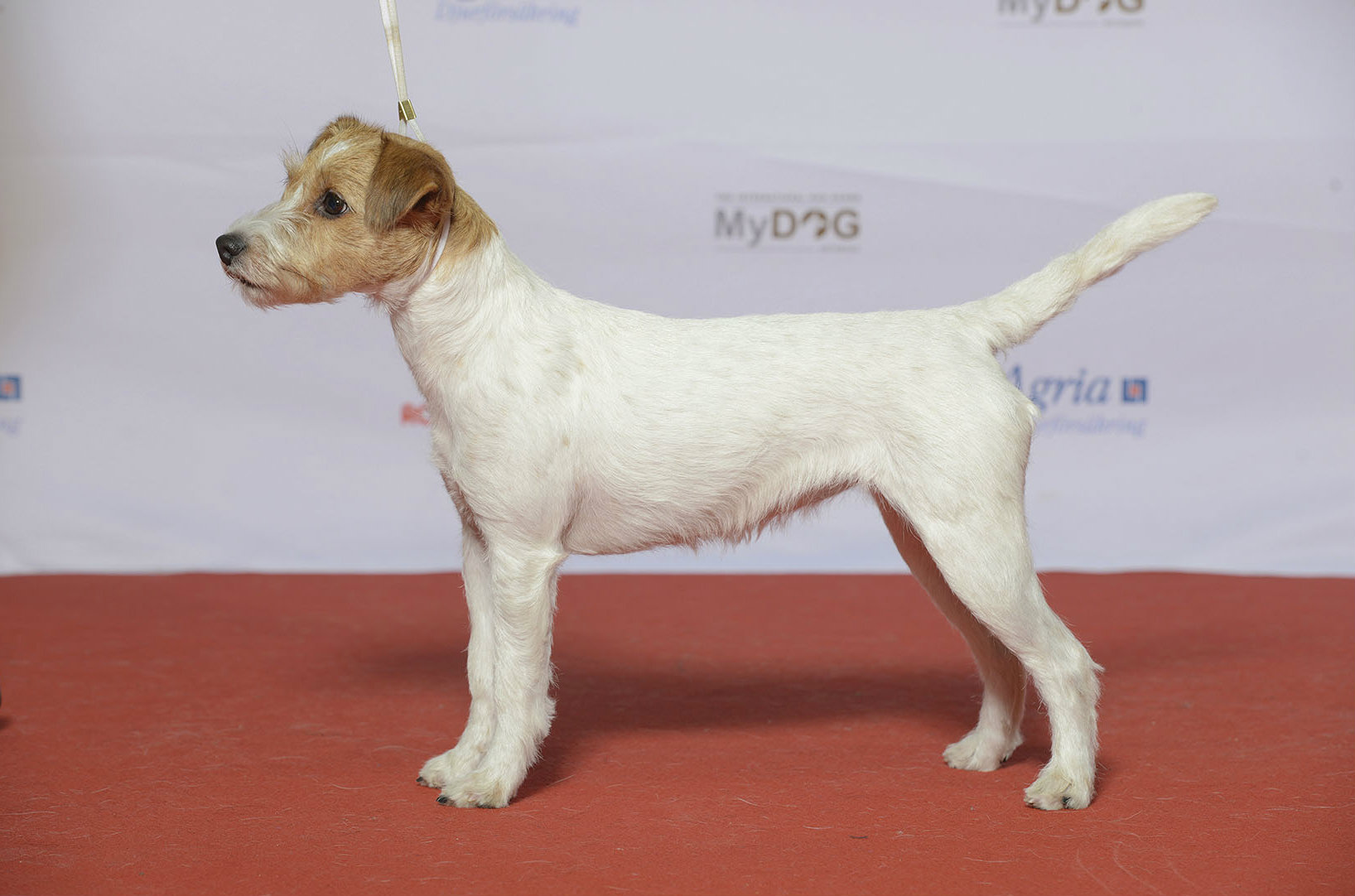
Parson Russell terrier
For a number of years it worked well, for it was written into the constitution that any terrier showing obvious signs of another breed was not allowed to be shown or registered with the club. However, by the late 1980s the Jack Russell had become so popular as a show terrier in the US, Sweden, France and Germany that history repeated itself when Eddie Chapman was among those who set up the working Jack Russell Club. In 1992 breeders began crossing Lakeland and bull terrier into their Jack Russells in order to win at shows. Like the fox terrier the modern Parson Russell breed now recognised by the Kennel Club is also too big for fox work, and too aggressive because of the working Lakeland blood that has been introduced to give the Parson Terrier a larger head and a harsher coat for the show ring.
Related Articles
Get the latest news delivered direct to your door
Subscribe to Shooting Times & Country
Discover the ultimate companion for field sports enthusiasts with Shooting Times & Country Magazine, the UK’s leading weekly publication that has been at the forefront of shooting culture since 1882. Subscribers gain access to expert tips, comprehensive gear reviews, seasonal advice and a vibrant community of like-minded shooters.
Save on shop price when you subscribe with weekly issues featuring in-depth articles on gundog training, exclusive member offers and access to the digital back issue library. A Shooting Times & Country subscription is more than a magazine, don’t just read about the countryside; immerse yourself in its most authoritative and engaging publication.





